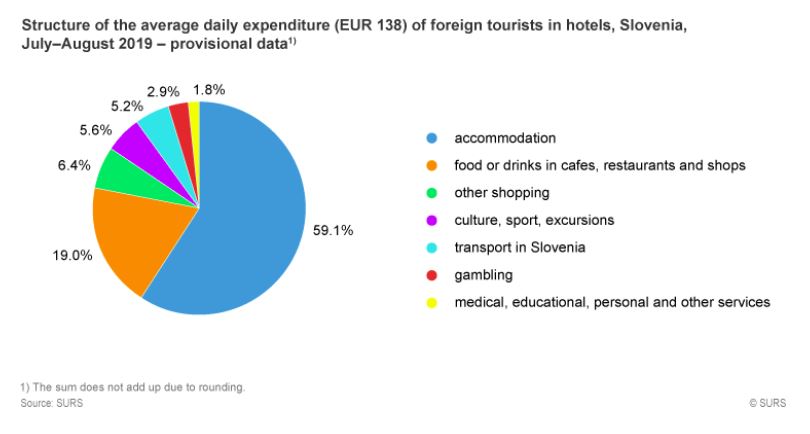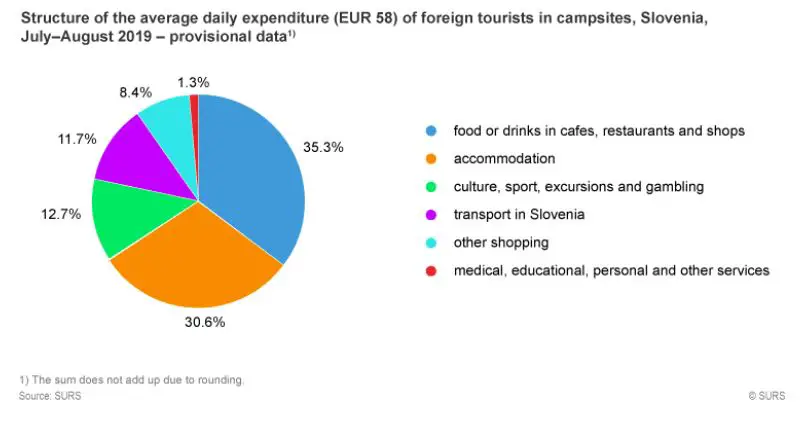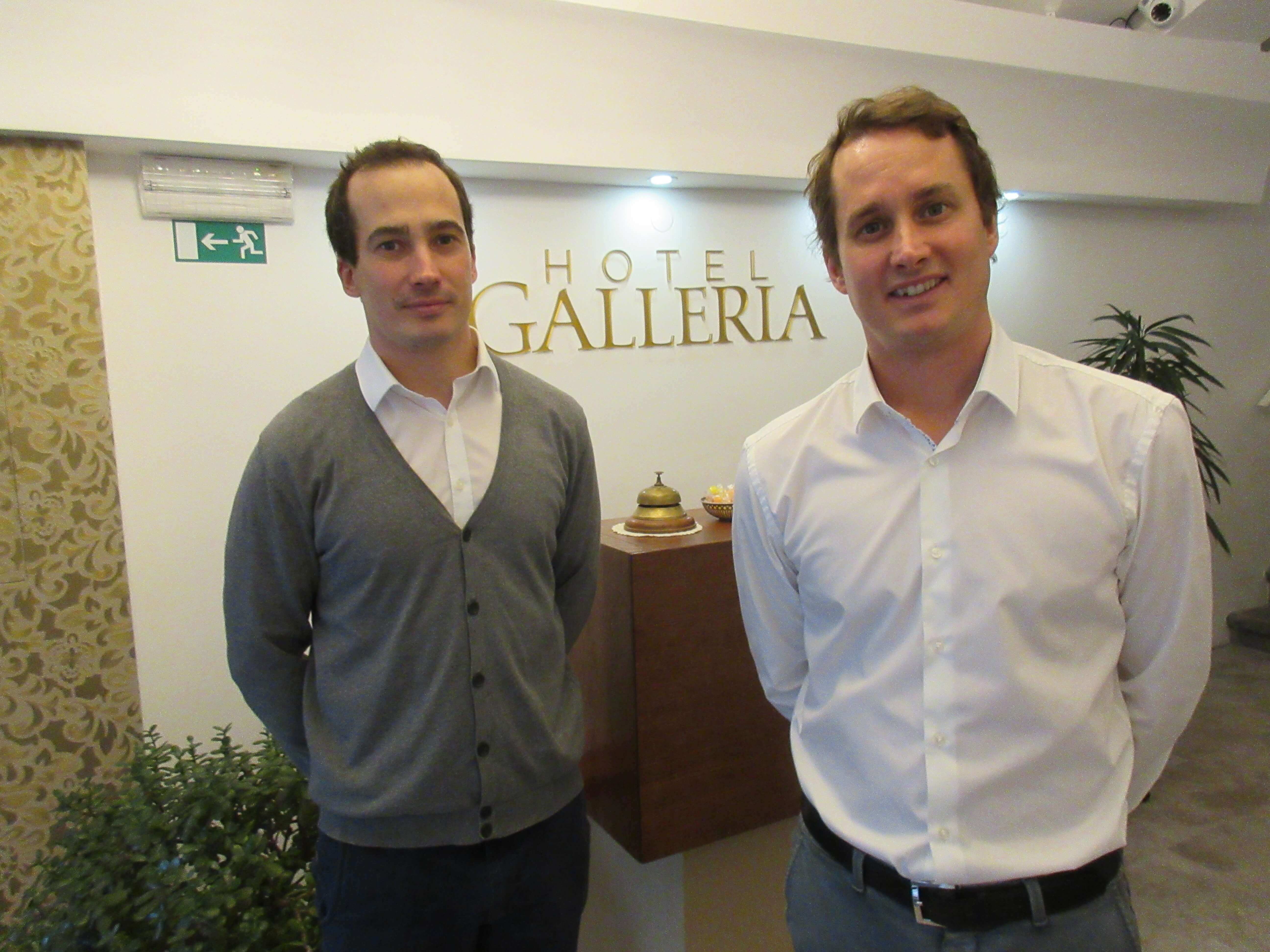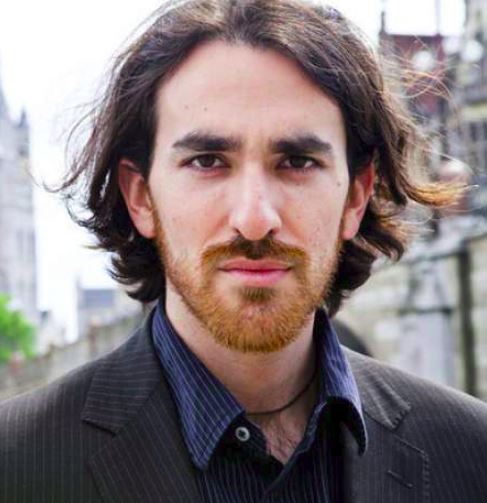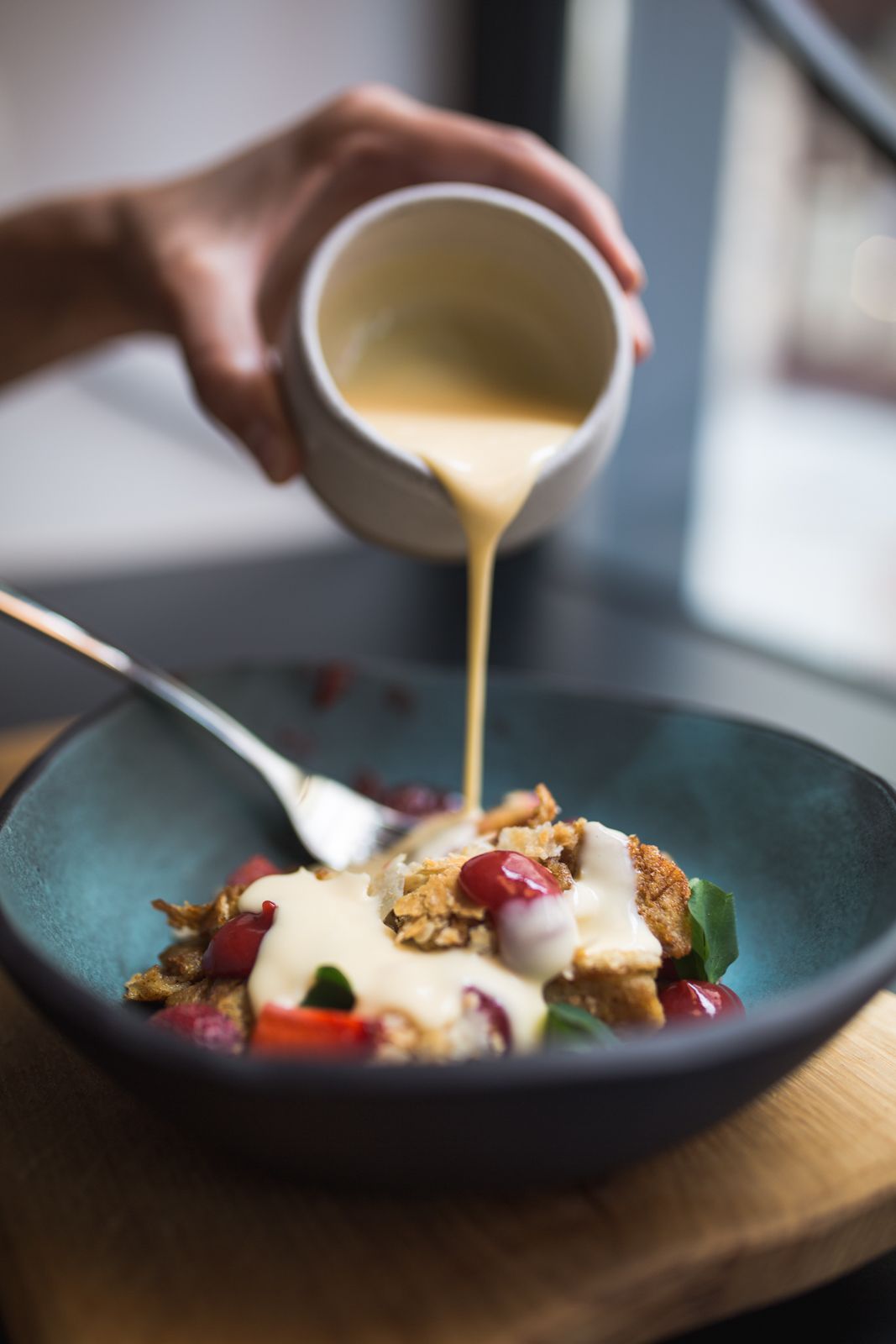Travel
Between December 20, 2019 and March 20, 2020 daily visits to ski resorts are possible with a shuttle bus from Bled.
The shuttle drives every day to Kranjska Gora, Krvavec, Pokljuka and Vogel, every Wednesday and Sunday to Tarvisio (Trbiž) in Italy, and to 3Laendereck (Podklošter) in Austria every Thursday and Sunday.
Return tickets cost €10 per adult and are free for children under 14 and holders of Julian Alps winter card.
For the timetables, tickets, reservations, and a map, please click here.
Kenya Airways, Africa’s sixth largest airline, has expanded its codesharing agreement with Air France, with its flight numbers and designator code now added to the French carriers services from Paris to Ljubljana and Zagreb. While media reports claims that tickets from Nairobi to the two European capitals can now be booked via Kenya Airways’ website.
STA, 18 December 2019 - The Bank Assets Management Company (BAMC – aka “the bad bank”) is in talks with potential partners to increase flight frequencies on routes connecting Ljubljana with Frankfurt, Munich, Zürich and Brussels following the bankruptcy of air carrier Adria Airways, its director Matej Pirc told the STA.
While Lufthansa and its affiliates quickly filled the gaps on these routes, which are considered key hubs for Slovenian business executives and for tourism, there have been complaints about schedules, in particular about the absence of morning flights to Brussels often used by public administration officials.
Pirc said the bad bank was in talks with "European regional carriers" to increase flight frequency on these routes. Up to three carriers, which he would not name, would operate the additional flights in exchange for government subsidies.
The scenario is in the works after the government abandoned plans to set up a new national carrier due to excessive risk. According to Pirc, calculations showed the new carrier would post an annual loss of roughly EUR 8 million in the long term.
The subsidies would achieve the same goal - improving connectivity with European airports - but their advantage is cost control. The period of subsidies would be limited as well, he said.
As a result, the annual cost to the state would be lower and "significantly easier to manage" than a capital injection that would be necessary to get a new carrier off the ground.
Pirc admitted, however, that subsidies are "not simple", otherwise other countries would use them more frequently as well. "We expect that all these issues will be known at the start of next year."
One of the many areas of life where climate change is being felt is winter sports, with snow becoming less reliable and both resorts and more informal spots to ski, snowboard and sled now facing shorter or even non-existent seasons, if not aided by snow machines. Indeed, last year only two resorts, Vogel and Kanin, operated without artificial snow, and all are working to supplement their winter operations with more attractive summer programmes.
Related: 70% of Alpine Ski Resorts Could be Lost Due to Climate Change by 2100
As such, you can no longer just look at the calendar and book a trip to the mountains – you need to check the current conditions and forecast. One excellent place to do so is Bergfex, which offers details of opening dates, closing dates, weather reports, snow reports, snow forecasts, webcams and more, to help you plan your trip and avoid disappointment.
Webcams and snow reports for ski resorts Slovenia
For example, the snow reports, which give the depths and number of ski lifts in operation, are currently given for 16 locations in Slovenia (see here).
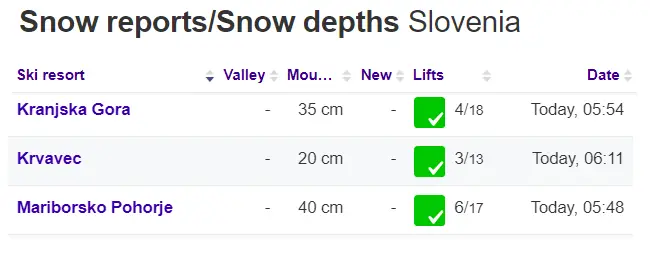
Note this screenshot is from 19/12/19
While if you want the most up-to-date view of your potential destination then there’s also a collection of webcams (here).
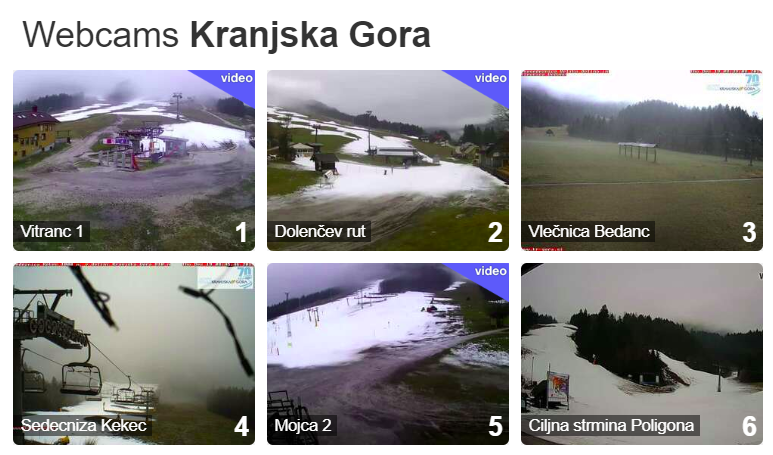
Note this screenshot is from 19/12/19
Overall it appears to be great site (along with an app, for both Android and IoS) if you want to hit the slopes at the weekend – although note that Mondays and Tuesdays are better days to go, weather and work permitting, due to the lower number of visitors. We should also note that there’s also a site called Slovenia Alps which offers weather reports, but these appear to be more limited than those available at Bergfex.
STA, 17 December 2019 - A foreign tourist spent on average EUR 97 per day in Slovenia during this year's summer season. Those staying in hotels spent more - EUR 138 daily, while those on camping holidays spent considerably less - EUR 58 per day, shows the Statistics Office data released on Tuesday.
Visitors from non-European countries were the most generous among all tourists, spending the most on accommodation, food, drinks, transport, leisure activities and shopping in July and August - as much as EUR 153 per day.
German tourists, who generated the most overnight stays in Slovenia, spent on average EUR 64 per day. Almost 60% of all overnight stays were spent in campsites.
Foreign tourists staying in hotels spent more than half of their daily budgets on accommodation, while those staying in campsites spent the majority of their budgets on food and drinks.
Almost 90% of foreign tourists travelled to Slovenia in the peak summer season for private reasons, 5% were on a business trip, mostly visiting Ljubljana, while 6% were only passing through.
Mostly they picked Slovenia as a holiday destination (73%), while some also came to visit cultural and natural attractions (8%) or to get involved in sports activities (7%).
A total of 35% booked their holidays through accommodation establishments, some 30% made reservations on booking sites, while over 10% used travel agencies.
Some 15% arrived in Slovenia spontaneously, without booking accommodation in advance - they were mostly from Europe. Non-European tourists were more cautious, with over 40% using travel agencies.
Most of them visited Slovenia with a partner (44%), followed by those travelling with families (31%), co-workers or business partners (22%), friends (11%), alone (9%) or with other family members (2%).
More on this data can be found at SURS
Ex-Yu Aviation reports that Iberia, Spain’s national carrier, is to launch flights connecting Madrid and Ljubljana on 28 July, 2020. Four flights a week are planned for the height of the summer, a period of just five weeks, on a route that was previously served by the recently collapsed Adria Airways.
The news comes just a few days after BA, Lufthansa, Air France, Aeroflot, Finnair and Montenegro Airlines all announced increased schedules serving the Slovene capital for next summer.
No decision has yet been made on whether and how to launch a new national carrier for Slovenia, while investigations into Adria’s collapse are being hampered by its owner, the German 4K Invest group, closing down the subsidiaries which had managed – or allegedly mismanaged – the airline’s assets.
If you’re looking for a business getaway in a small, beautiful, well-equipped and walkable city that’s got a fascinating history, is full of great architecture and offers restaurants and cafés galore to unwind in, then Ljubljana is a great choice. The centre is small enough to know well in a few days, and while there are enough pleasures and distractions to be found it’s not crammed with an overwhelming number of must-see sights or full of fancy stores and eateries that’d blow your budget.
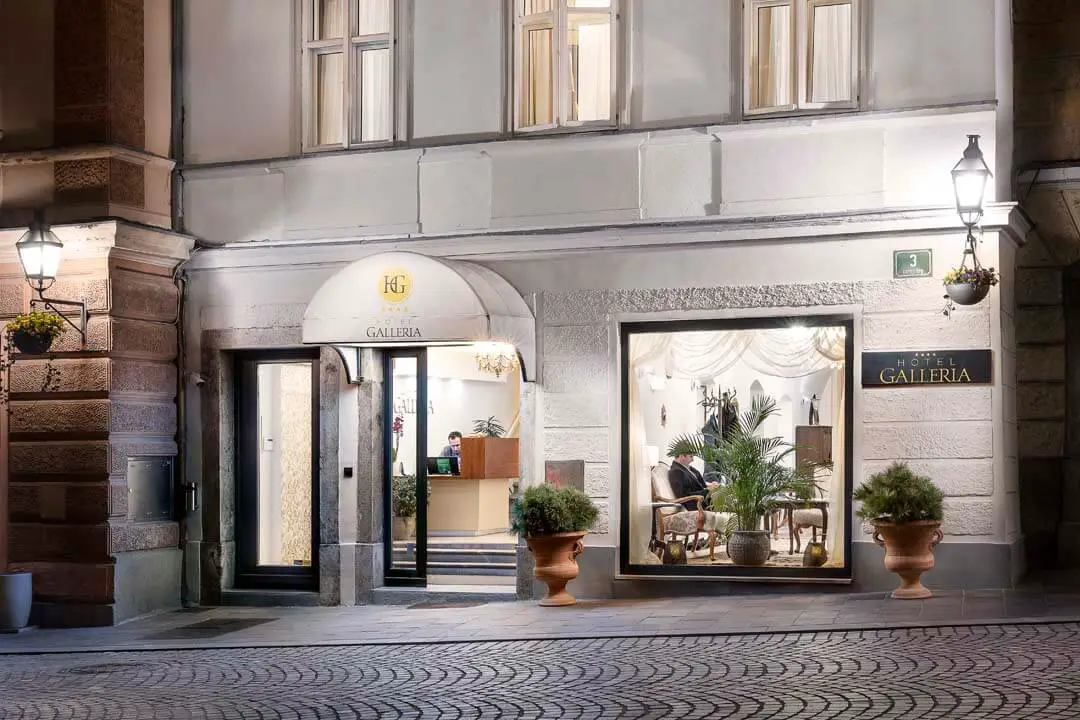
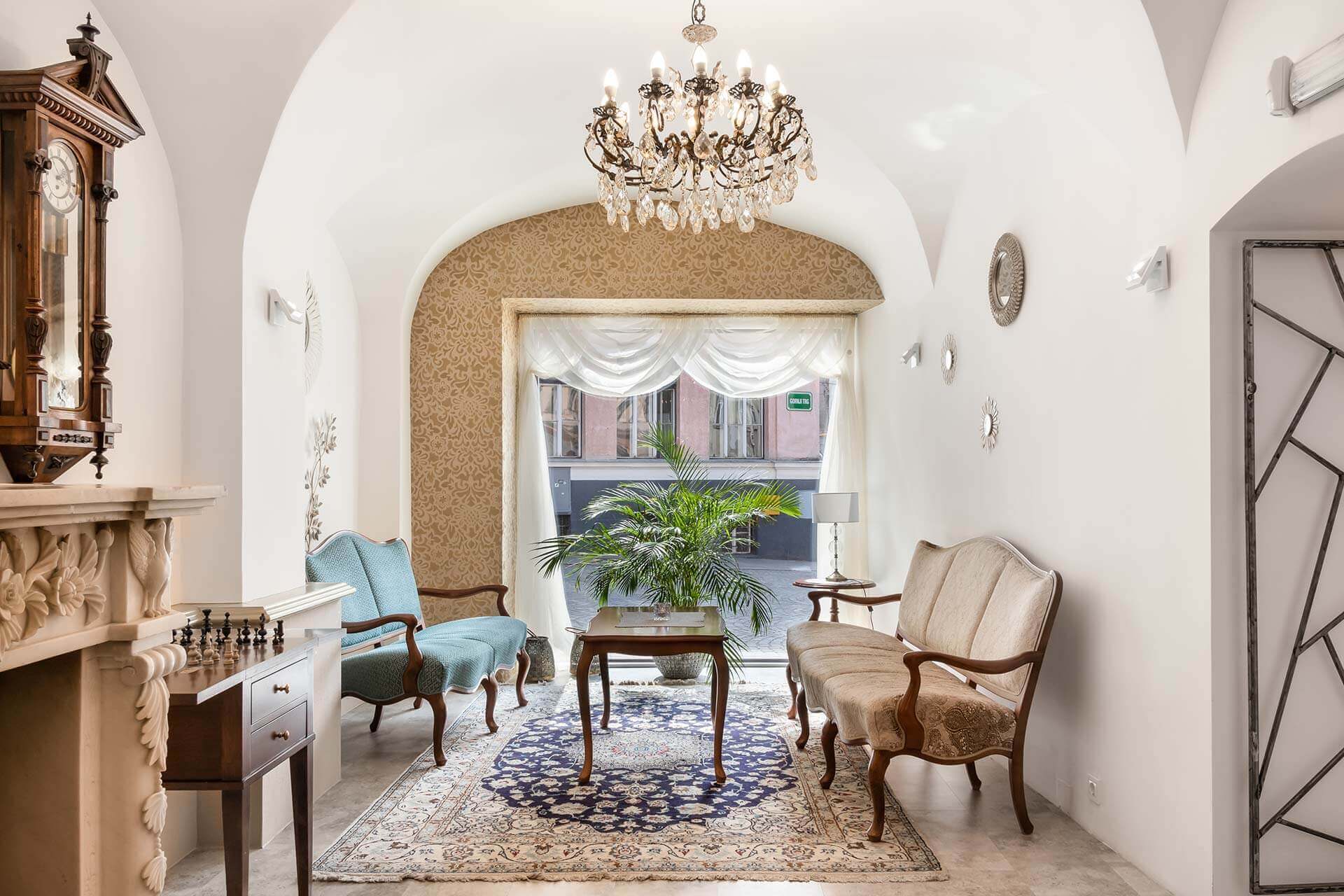
But where you should you stay in Ljubljana?
The best part of town for visitors is the Old Town, the centuries old streets you’ll want to have stayed in if you opt for a big box outside the pedestrianised zone and end up, as you will, walking by one of the inviting restaurants and charming small hotels in the area. The first of these to open was Hotel Galleria, back in 2003, quickly gaining a name as four-star boutique hotel in a building that’s a listed national monument.
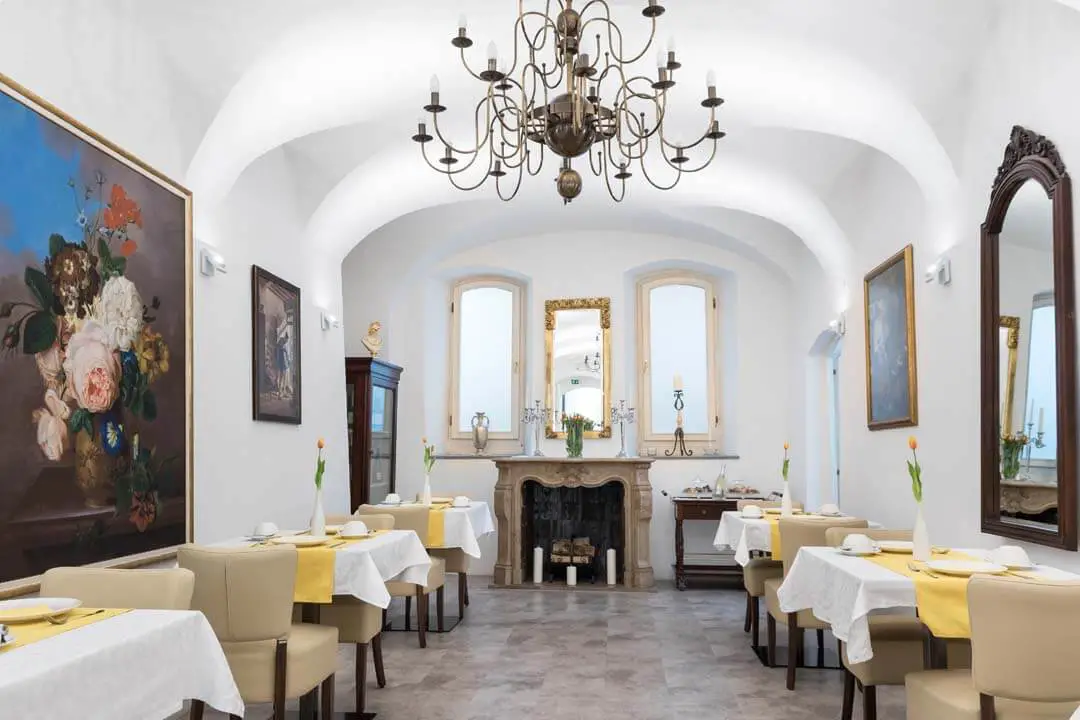
Photo: JL Flanner
Now run by the Lah family - represented by the brothers Martin and Aleš, seen above in the reception - the hotel was fully renovated earlier this year and, with the addition of a conference room, is now marketing itself as a destination for both tourist and business travellers.
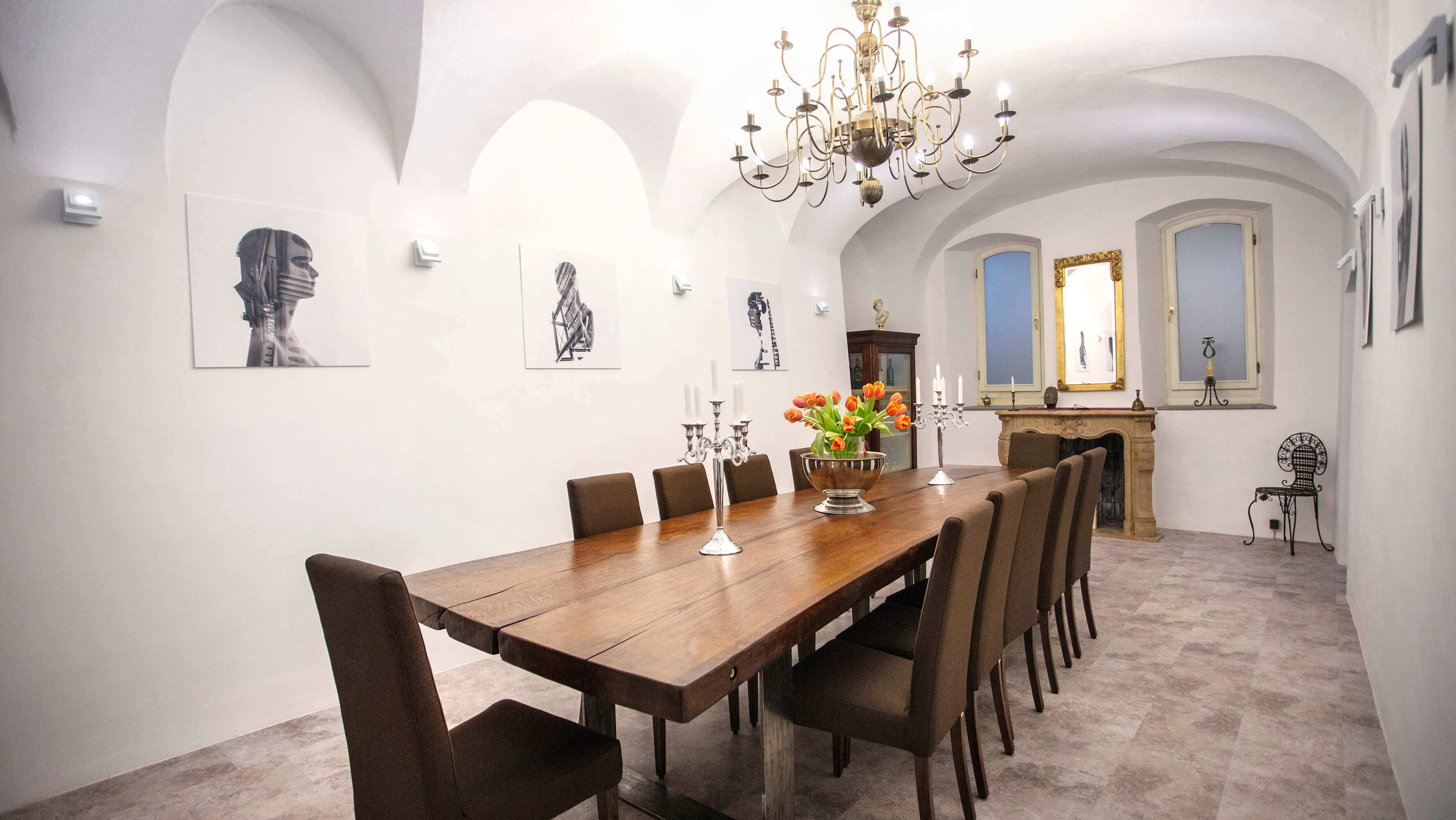
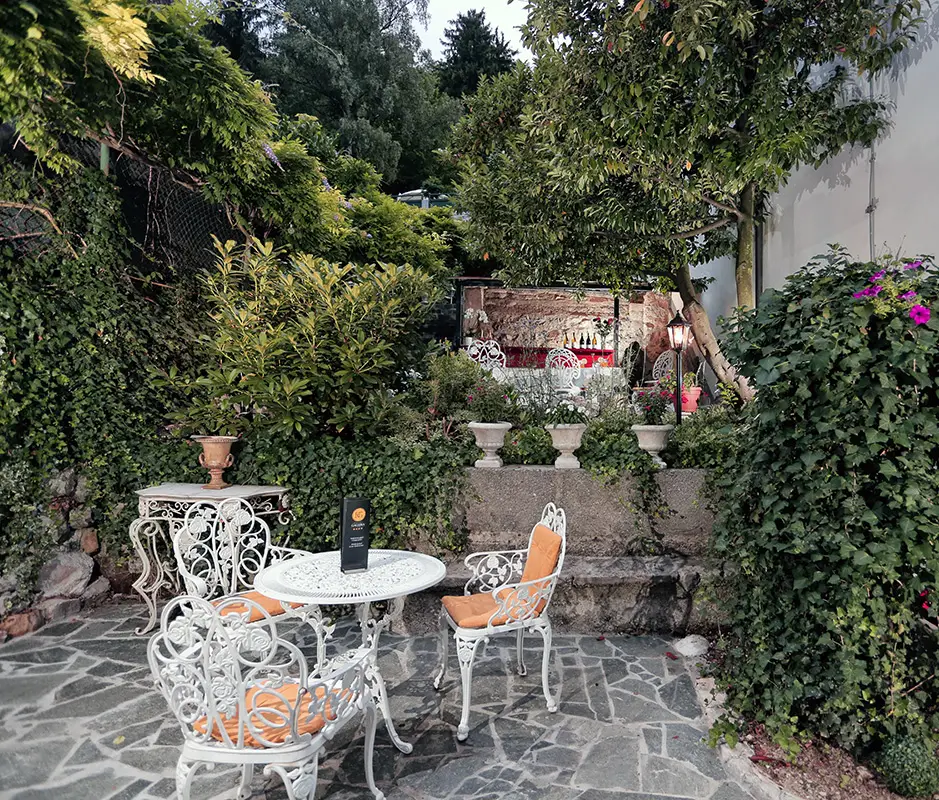
Stay here you’ll get to see inside one of the fascinating old buildings in this street – and not just a front room or two, as in a café or store, but a taste of the whole layout. Here you’ll find a small maze of corridors and 16 unique rooms, with vaulted ceilings and other features that will take you back in time and closer to the story of this part of the city. Go deeper in the building and you’ll come across one of its secrets – a large garden out the back, a world away from bustle of the street and a chance to enjoy the kind of property that few people have access to.

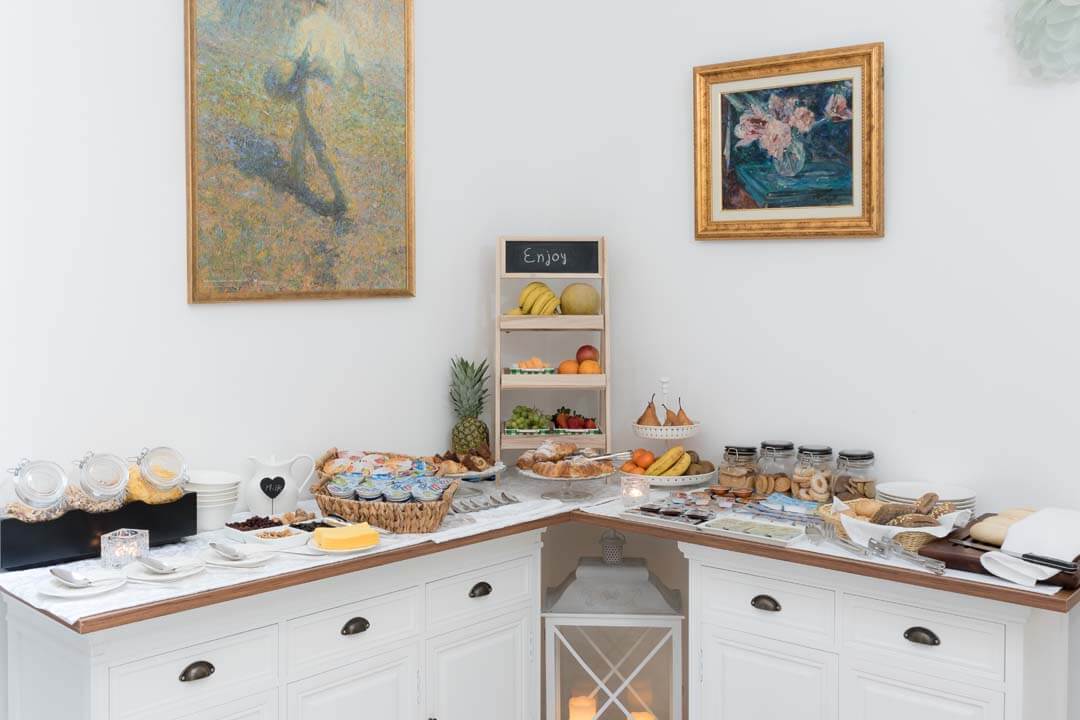
The Hotel Galleria has a focus on art and wine, and while you can enjoy those inside in peace and quiet most guests will spend more time outside, exploring. Here the location is key. Not only are you just one street over from the river and a short walk to all the main sites downtown, but you just need to turn right out the front door and head up Gornji trg to find one of the less used and more picturesque paths to the Castle, passing a number of good places to eat and drink on the way.
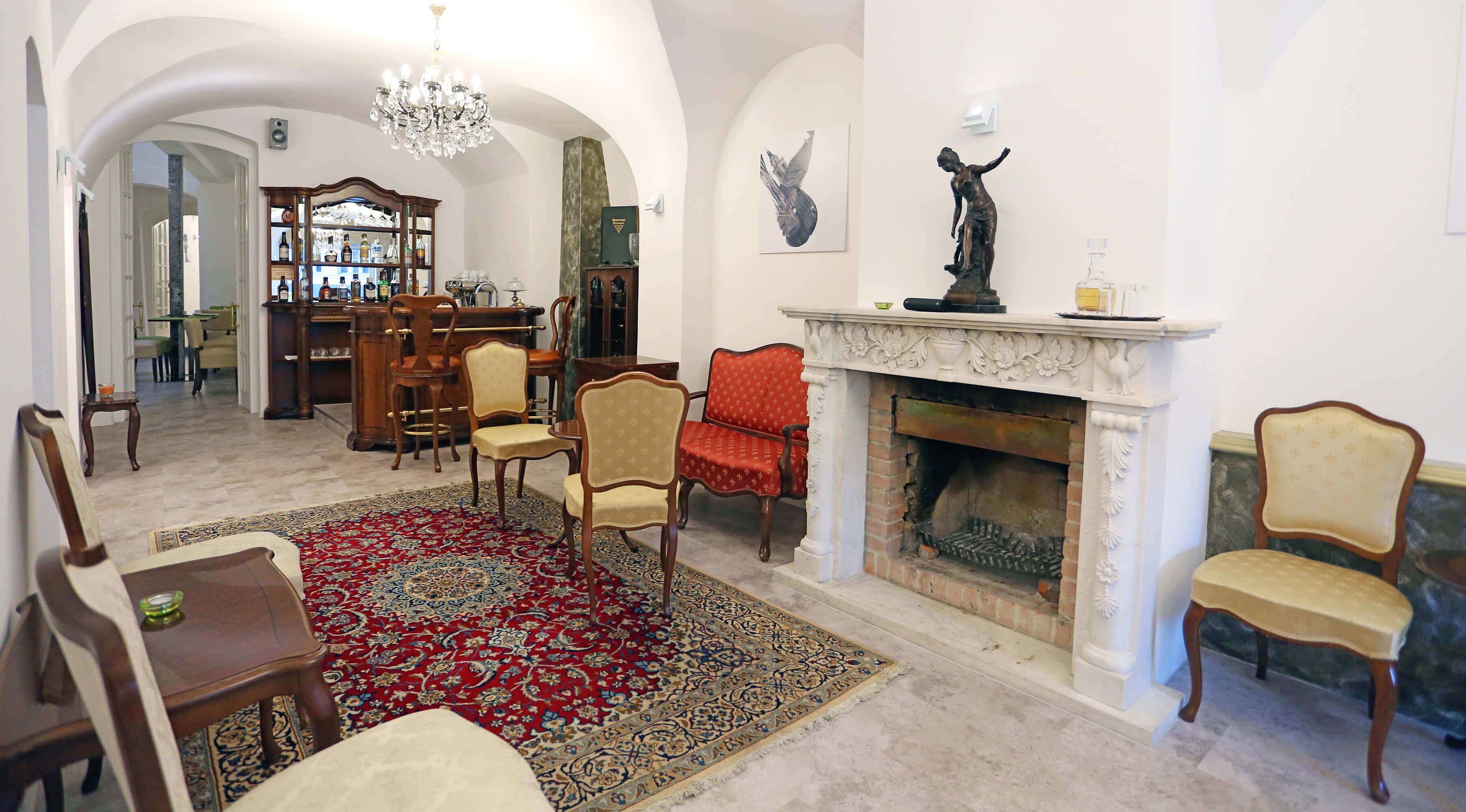
In short, the Hotel Galleria offers the perfect base for all travellers who’d rather spend time seeing the place they came to see than getting to it, and you can find out more about how to stay there here.
In the wake of the collapse of Adria Airways, which cut 60% of Slovenian’s international seat capacity, four airlines have announced plans to boost their services to Ljubljana Airport next year, as reported on Ex-Yu Aviation.
British Airways will increase the number of flights between the Ljubljana and London from two to four per week, and will also start the season two months earlier than in 2019, with the connections running from May 22 until September 26. Aeroflot will launch a second daily flight from Moscow’s Sheremetyevo Airport, starting March 29, while Air France will also offer to flights a day, up from seven a week this year. Finally, Montenegro Airlines is offering six flights a week to and from Podgorica, up from the three seen for most of this summer.
Other airlines, while not doubling their services, have also announced more frequent and convenient connections. For example Finnair will raise the number of flights from five a week to one a day at the height of the summer season. Travellers can also celebrate the fact that Lufthansa’s evening service from Frankfurt will from 29 March spend the night in Ljubljana, offering the chance to fly to Germany at a more civilised hour the next morning.
The art historian, food writer and Slovenologist Noah Charney – best-selling author of, among other works, Slovenology and Eternal Architect: The life and art of Jože Plečnik, modernist mystic – is now partnering with Atlas Obscura and Airbnb to offer a unique experience of the country he calls the best in the world. A 6-day tour with a focus on gastronomy, high and low, that takes you from the forest to the table, with foraging, farmers and fine dining, all lead by Dr Charney and drawing on his years of experience and local contacts.
Meet the People: Dr Noah Charney, On Thriving in Slovenia
The first tour isn’t set to run until October 2020, but bookings are now open for a trip that’ll set you in good stead when 2021 rolls around and Slovenia becomes an official European Region of Gastronomy. It’s then that the culinary delights of this small but varied country will be presented on a wider stage, and we can thus expect dozens of articles that find new ways to use “hidden gem”.
While foraging in connection with fine dining may only have entered the mainstream with the arrival of the Danish chef Rene Redzepi and Noma – voted the best restaurant in the world in 2010, 2011, 2012 and 2014 – it’s long been a way of life in Slovenia. Few trips to visit friends or relatives in the country will be complete without a bottle of homemade schnapps being produced, or a salad of greens found while exploring the wilds.
Related: Cook Eat Slovenia - Your Guidebook to Slovenian Cooking
It’s this world the tour plans to open up, offering an experience of Slovenia that goes beyond the ordinary and takes you deeper into the heart of the country – it’s forests, markets and kitchens.
Based on Kamnik, an outline of the schedule is shown below:
Day 1: Welcome to Kamnik, Gateway to the Alps
After settling into your accommodation you’ll tour the town of Kamnik, visit a museum and have dinner in a castle.
Day 2: Alpine Foraging & Cheese-Making 101
You’ll gather plants under the watchful eye of an expert forager, learn how to make cheese and then enjoy dinner in a local inn.
Day 3: Mushrooms & Local Brews
Dr Charney’s mother-in-law will guide you through the forest and teach you how to find porcini mushrooms. You’ll then sample homemade schnapps and continue what sounds like a relaxing day at a microbrewery.
Day 4: Lake Bled, Pears & Schnapps
No visit to Slovenia would be complete without a trip to Lake Bled, and on your visit you’ll also learn about dried tepka pears and flavour your own schnapps.
Day 5: Fresh Honey & A Foraged Feast
Janez Bratovž is the man behind the name on one of Ljubljana’s finest restaurant’s – JB – and is known as “the godfather of Slovenian fine dining”. Dr Charney helped Bratovž write his recent cookbook, and the chef will be on hand to prepare a feast using ingredients that you’ve managed to forage from the local environment.
Day 6: Farewell & Departure
All things must pass, and after breakfast it’s time to say goodbye and head off to your next adventure, having gained a personal and memorable look at the flourishing but still somewhat underappreciated Slovenian culinary scene, from the forest to the table.
The 6-day package is all inclusive – bar the trip to Ljubljana – with food, drinks, accommodation and transportation. The price is €2,699 per person, with a maximum of 12 guests to ensure personal attention. You can find more details here, while Noah Charney’s website is here.
Slovenian gastronomy is having a moment, although – in all truth – this moment has been going on for some time and the attention is only going to increase in the years ahead. Let’s date the start of this to Ana Roš (of Hiša Franko) being the focus of one episode of Netflix Chef’s Table in 2016, alongside such names as Massimo Bottura, Grant Achatz, Alex Atala, Albert Adrià, Christina Tosi and Magnus Nilsson. Or perhaps to 2017, when she was declared The Best Female Chef in the World.
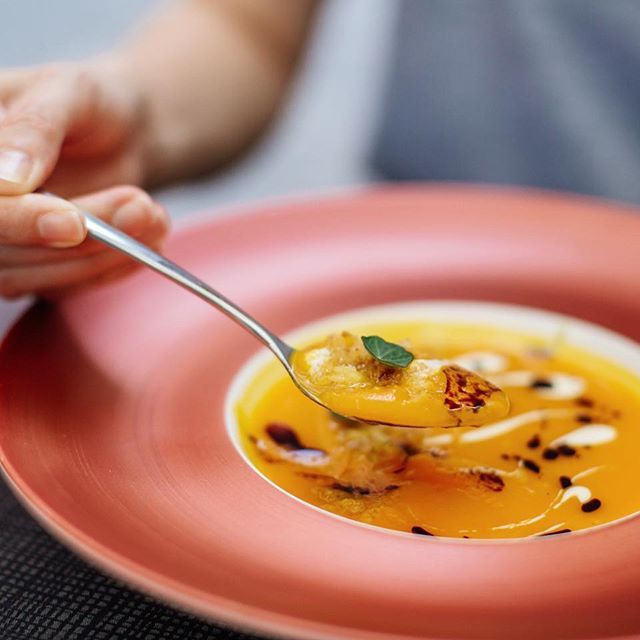
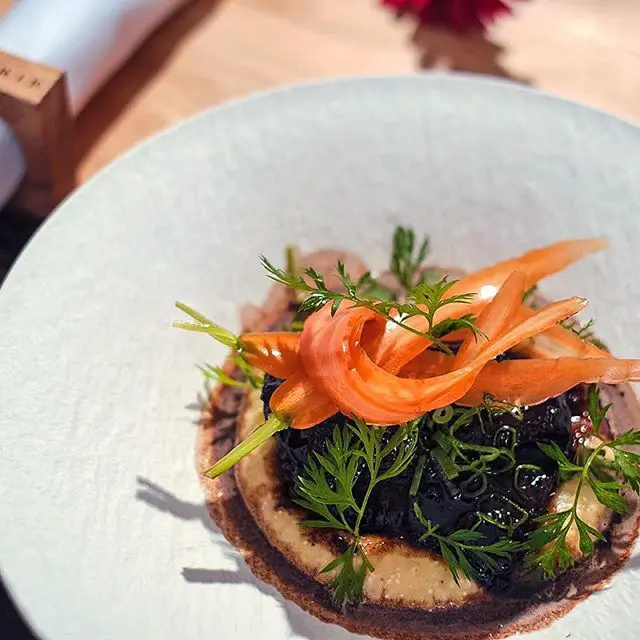
Then in 2018 there was the naming of Slovenia as a European Region of Gastronomy for 2021, which only stepped up the official promotional efforts (like last month’s November Gourmet in Ljubljana) and international attention, with Gault&Millau launching their Slovenian guide in 2018, and Michelin inspectors currently filing their reports. So it’s a good time to get into Slovenian food (and wine and beer) and learn more about what’s making it a must-visit destination among the world’s gourmets, gourmands and foodies.
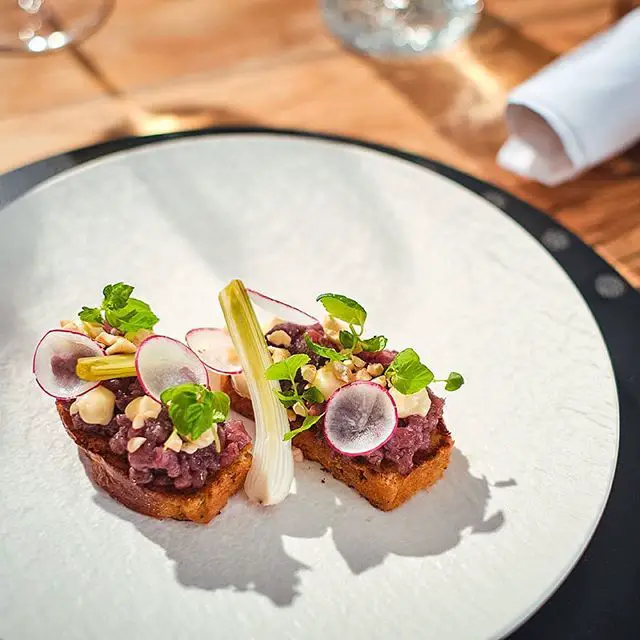

One place you can do this is at Landerik, in Ljubljana’s Old Town, where the young chef is Izidor Kržišnik, a protégé of Igor Jagodic, the acclaimed head chef of Strelec, one of only six restaurants in the country that received a full four toques from Gault&Millau. And that’s not all, as Kržišnik also did time in the kitchen of Mirazur, the French restaurant with three Michelin stars that was named the world’s best earlier this year.
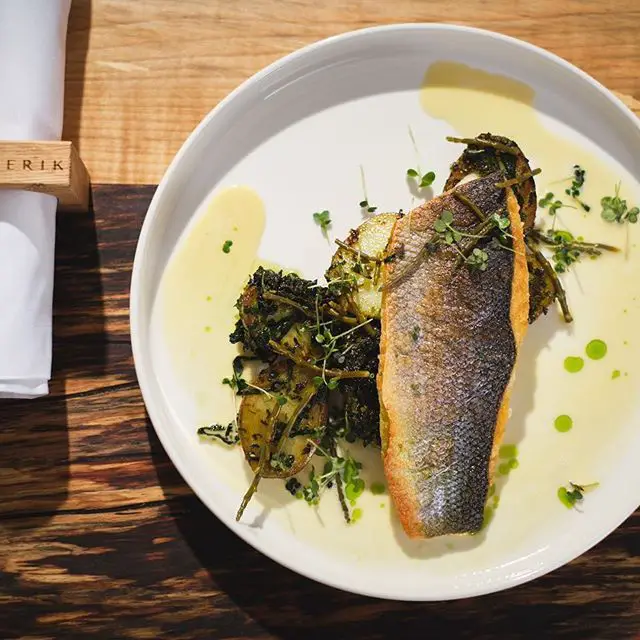
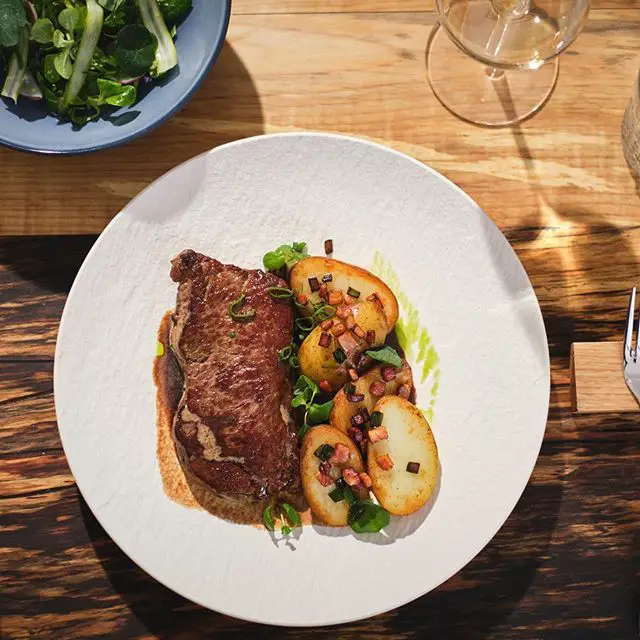
At Landerik Kržišnik and his team apply the lessons learned from these temples to gastronomy, while offering a less formal experience in a more relaxed setting. Here you’ll find traditional ingredients – with pretty much everything but the sugar locally sourced – and traditional forms, but not necessarily the standard ingredients in the standard forms. So yes, there’s a klobasa, but it’s made of brancin (sea bass).
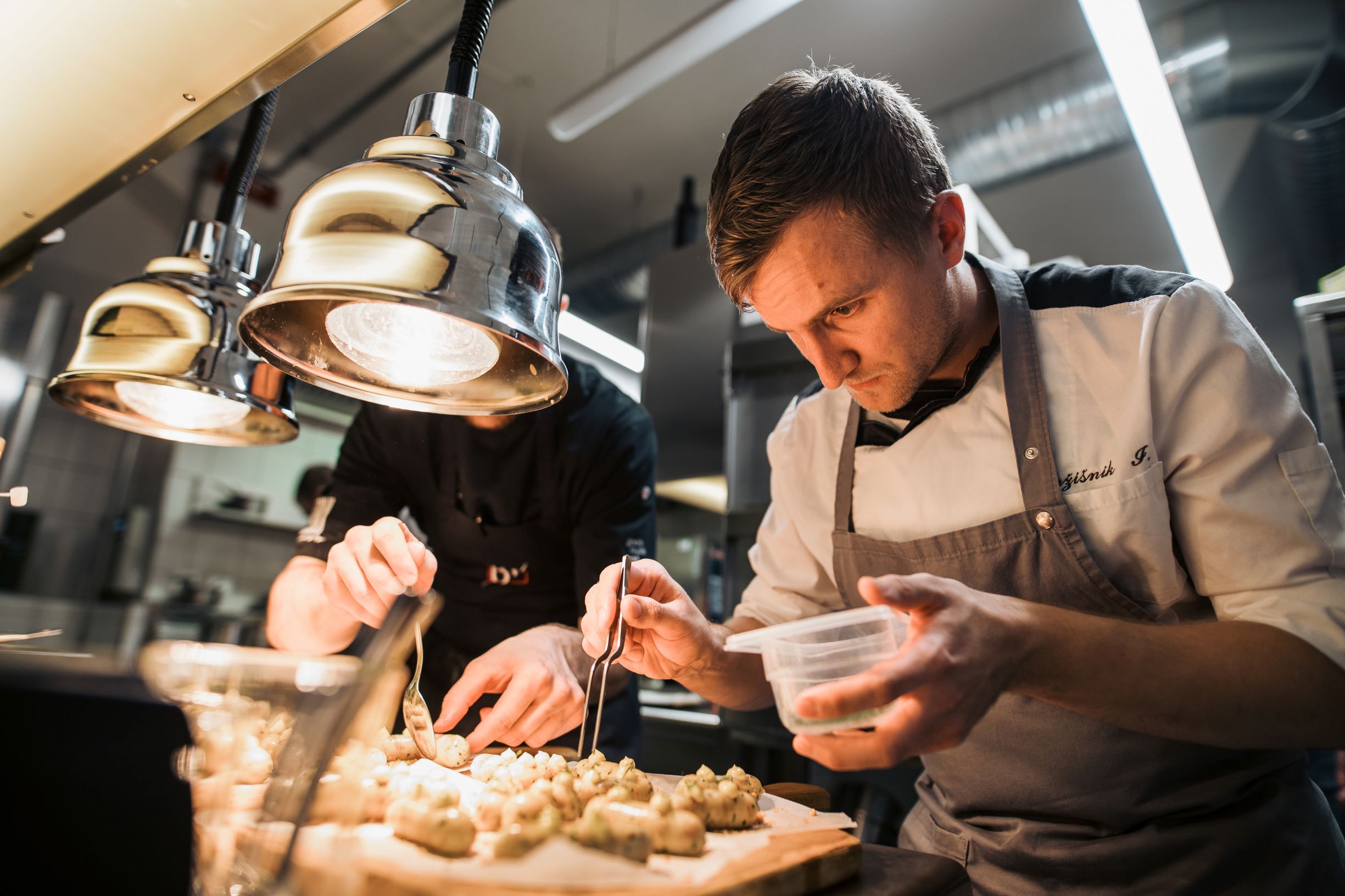
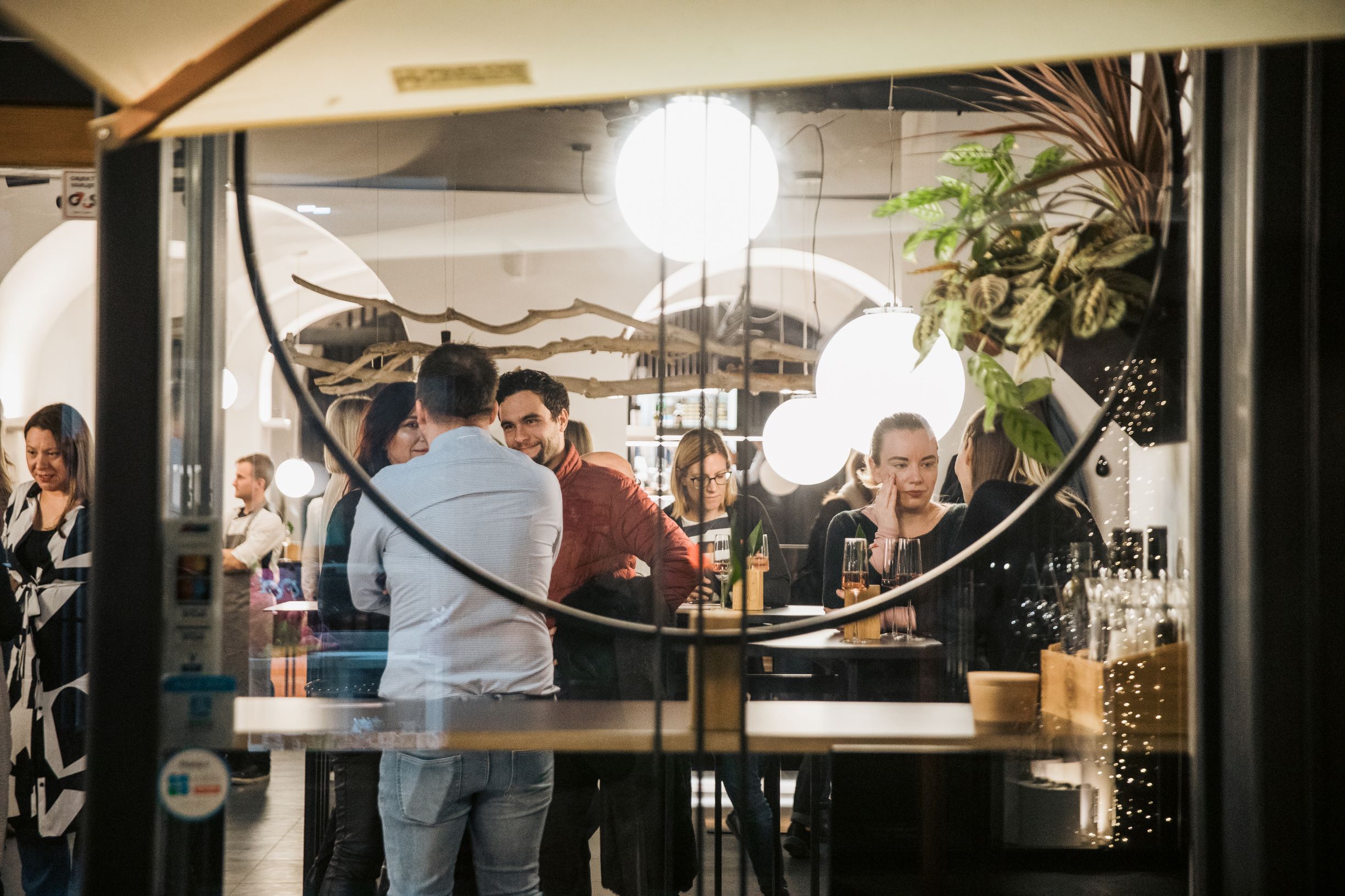
That said, the place stays close to the classics in many respects, such as the signature dish of beef cheeks, corn polenta, carrot salad with horseradish, or the ravioli with Tolmin cheese, or veal liver, potato puree with brown butter, roasted onion and fried onion, or šmorn – a classic dessert that’s a fluffy, shredded pancake.
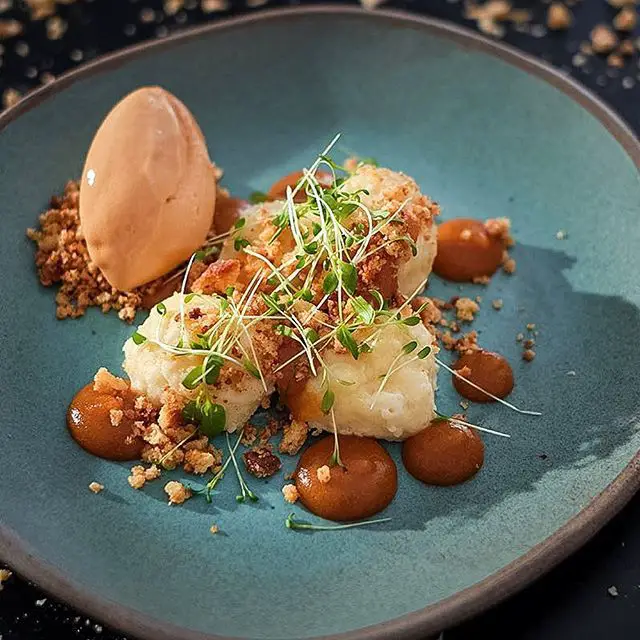
As noted above, everything is made with local ingredients, including the drinks, and the dishes on offer enable to go as deep as you want into Slovenian cuisine, and stray as far off the path of the usual as you’d like, with dishes that both the gourmet and casual diner can appreciate.
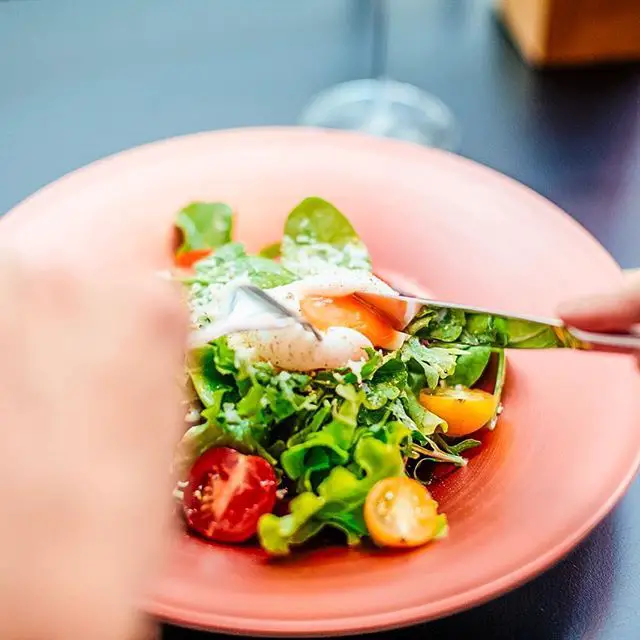
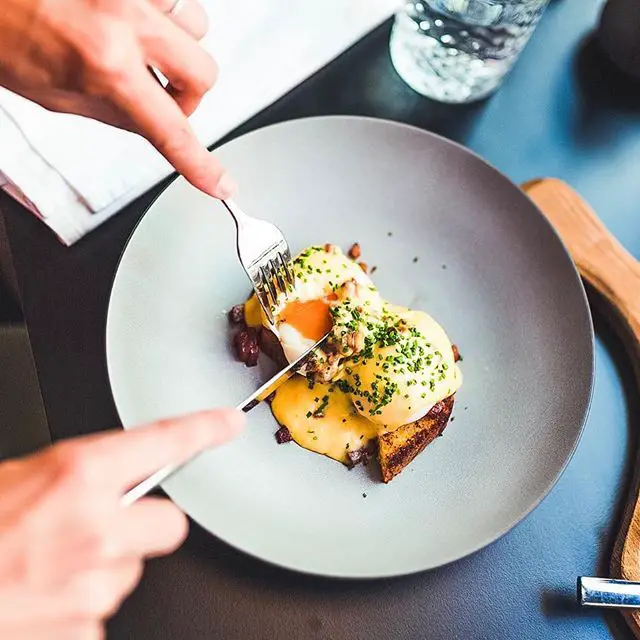
Landerik is open from 08:00 to 23:00 Monday to Thursday and Sunday, and until 00:00 on Fridays and Saturdays, and thus can be use for breakfast, brunch, lunch, dinner and supper, with both set and a la carte menus that are a joy to explore and can be found here. What’s more, the location at Stari trg 11, in the heart of the Old Town, is an experience itself, on a medieval street and a short walk to the river or up to the Castle on one of the more scenic and quieter paths that are hidden away here.
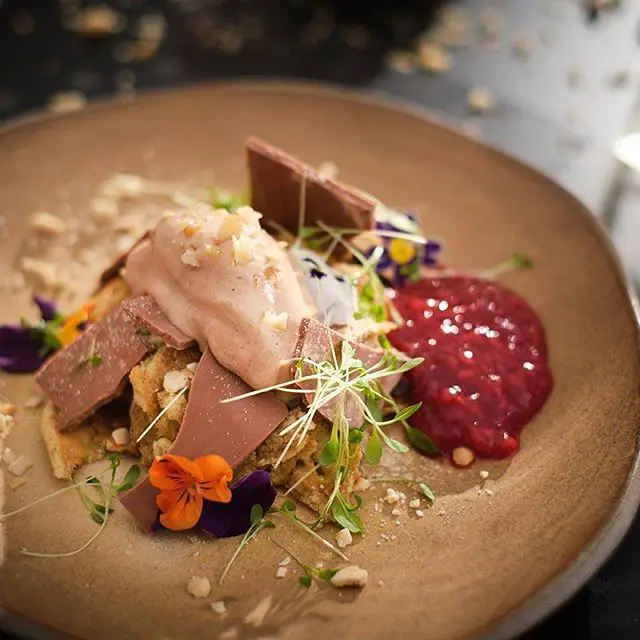
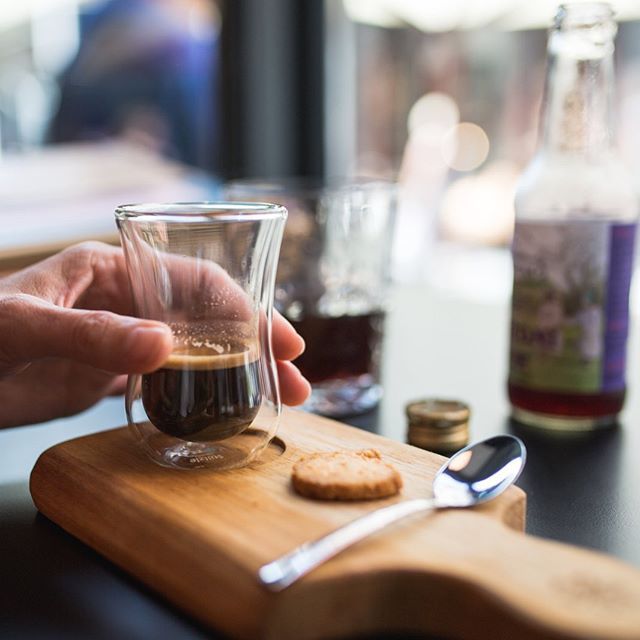
While a trip is recommended any time – I’ve been there twice and look forward to a third run – one date to mark is December 17, 2019. This is when Izidor Kržišnik’s mentor, Igor Jagodic, will come down from the Castle and enter the kitchen of Landerik. Here the two chefs and their team will prepare special six-course gourmet menu, for which reservations are already open (more details here). For Landerik in general, can book a table and take a look at the menu here.
Asher & Lyric, a travel site that focuses on how to stay safe and healthy will abroad, has just released its LGBTQ+ Danger Index, which places Slovenia at #22 on a list of the 150 most-visited countries with regard to how welcome gay travellers may feel in the country.
The results, which see Sweden, Canada, Norway, Portugal and Belgium as the most gay-friendly nations in the world, were derived using eight factors: legalised same-sex marriage, worker protection, protections against discrimination, criminalization of hate crimes, adoption recognition, polling data, the legality of same-sex relationships and morality laws. While some of these issues do not affect travellers directly, they are used as they indicate the overall attitude of a country to equal rights and protections for all.
Turning the rankings upside down, and looking at the nations from the least to most gay-friendly, the five worst places in the world for LGBT+ travellers – those that would perhaps meet the approval of Janez Janša – are Nigeria, Qatar, Yemen, Saudi Arabia, and Tanzania, all of which threaten imprisonment or even death for homosexual acts.
The full report is full of interesting facts, such as 47 of the 70 countries where same-sex relationships are illegal were once part of the British Empire, and in almost all cases such laws were put into place under British rule. You can find more details, along with travel tips for LGBT+ travellers, here, while all our stories on related issues are here.


